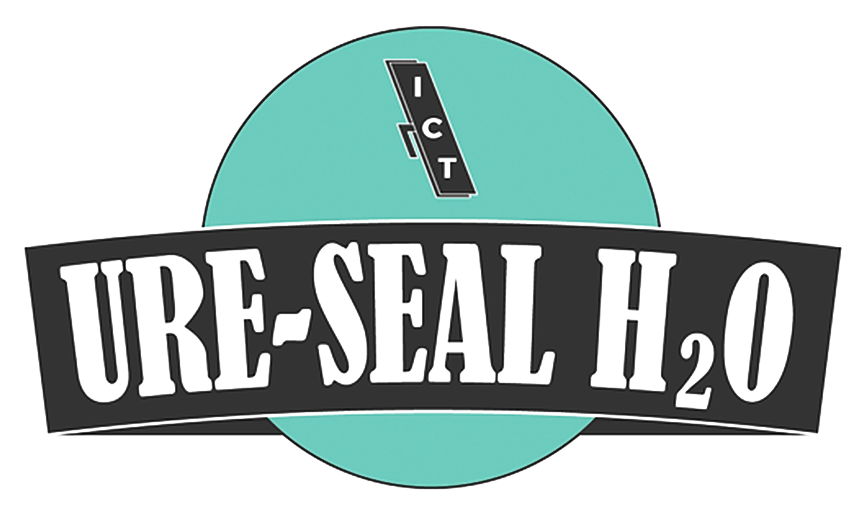Sealing Tips
Helpful Tips To Know Before You Seal Your Pavers from Tropical Paver Sealing
Helpful Tips
- Turn off your sprinkler system on the day your pavers are being cleaned and sealed.
- Make sure all automobiles that will need to be used are out of the garage and not on the paver area that is to be cleaned and sealed. If you are not home the day of cleaning and sealing and if garage doors close on the pavers, make arrangements with your sealing technician to be sure that garage doors will be left open.
- The paver surface can be opened to foot traffic 4 hours after cleaning and sealing is completed.
- The paver surface can be opened to vehicular traffic 48 hours after cleaning and sealing is complete. To prevent tire markings do not make any tight turns or sudden stops.
- You may swim in your pool the next day.
- Due to the fact we will be using powerful pressure washing, there will be noise and sand all over. Our team will wash down the areas.
- Pools: We ask that your pool is running during the cleaning process. The team attempts to keep debris at a minimum in your pool, but due to the fact we are using high powered pressure washers, on the coping there may be some debris. Also, we remove your skimmer cover and relocate it to an area outside of the work zone, so it does not adhere to the deck when sealer is applied.
- Schedule landscapers and lawn maintenance personnel at least 2 days after sealing to allow for sufficient ‘curing’ time. Advise them to not make tight turns on sealed pavers with mowers, vehicles or other riding equipment to prevent tire markings.
For more helpful tips or questions about sealing or restoring your pavers, read our FAQ page or contact Tropical Paver Sealing.
The post Sealing Tips appeared first on Tropical Paver Sealing.


